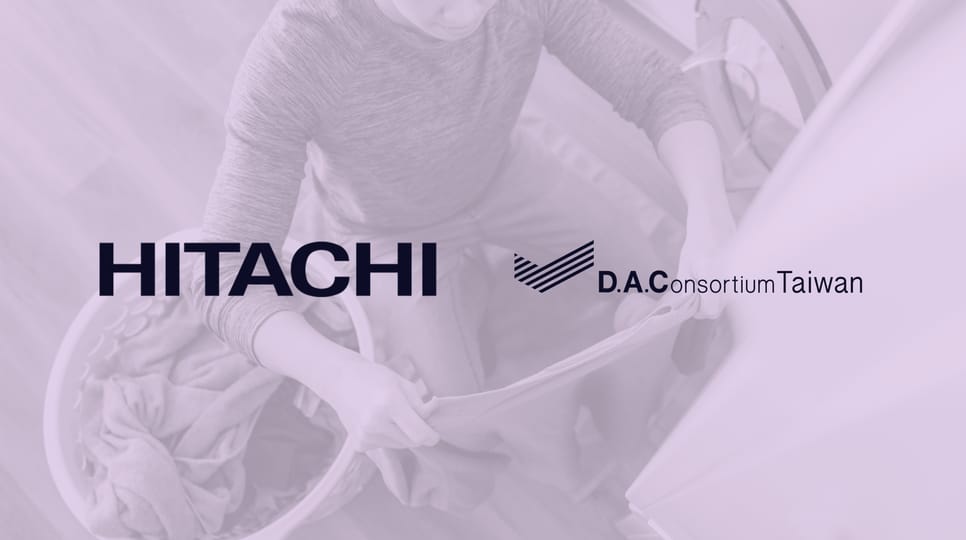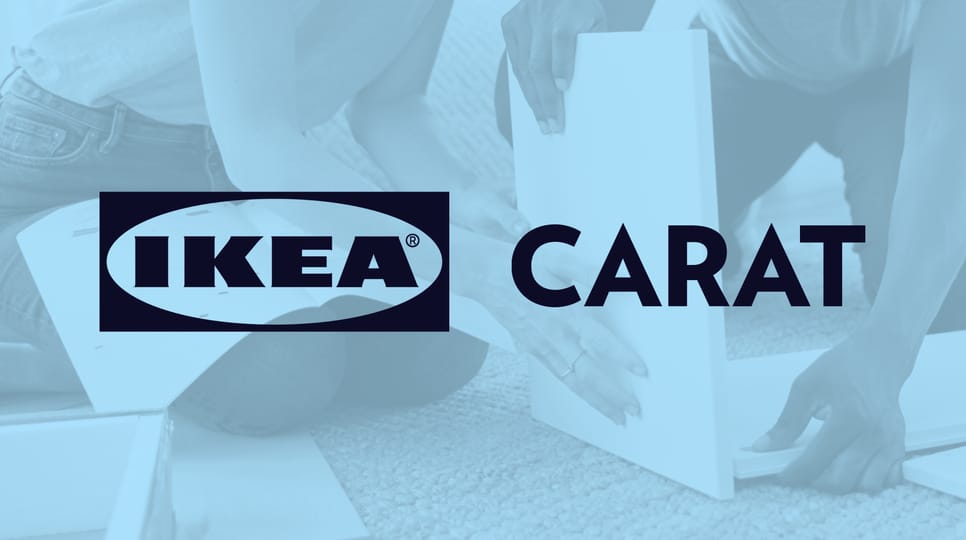
Share:
The modern programmatic supply chain is crowded and the path your bid takes to reach a publisher’s inventory can be long and costly — especially when you’re not optimizing with a platform like The Trade Desk. The act of selecting the best supply path can help you ensure your media dollars are working harder, not just traveling farther. SPO can empower advertisers to capture the highest value from every impression, providing clear visibility into what (and from whom) they’re buying.
By improving cost-efficiency, transparency, and signal quality, an efficient supply chain can give traders the peace of mind they need to focus on performance. This guide explains how SPO works on our platform, how Kokai leverages AI to help you make smarter decisions in real time, and how it helps you direct more of your budget toward the impressions that really matter.
The importance of SPO
Your ad can follow multiple paths on its way to the same placement on a publisher’s site or app. Each route may involve several handoffs (or “hops”) between intermediaries, each of whom takes a fee. According to Jounce Media, the top 20 publishers are integrated with an average of 24.5 supply-side platforms (SSPs), creating numerous possible paths to the same inventory.1 And the SSP-to-path ratio is not 1:1, which is why Sincera data shows that the actual number of paths to a given impression can be as high as 600.2
- the average number of integrated SSPs by the top 20 publishers1
- the average number of paths an ad can take to reach a given impression2
But the most efficient path is almost always the most direct one. That’s because more handoffs often result in:
Distorted or incomplete metadata
Limited visibility into where your ad actually runs
Optimizing supply paths can help you cut through the noise and achieve savings that can be automatically reinvested, allowing the same budget to deliver more impressions, more reach, and more outcomes. And The Trade Desk is helping make SPO easier and more strategic for media buyers through a range of innovative features and tools available on the platform.

Playing “telephone” with programmatic
The more hands an impression opportunity passes through, the more likely critical metadata gets lost or distorted, including page context, user signals, ad format, placement details, viewability information, and other key signals. Without data like this, campaigns can suffer from poor targeting, reduced optimization power, and limited visibility into where ads actually run — all of which can make it harder to value inventory accurately and make smart bidding and optimization decisions.
It’s not just about cost savings
Supply path optimization can do more than help you save precious media budget dollars. It can help improve signal fidelity — the quality and accuracy of the data tied to each impression.
With fewer hops:
You can get cleaner metadata. Know, for example, whether an impression is a premium in-stream video placement or a small display slot below the fold.
Your audience insights stay intact. Accurately recognize users, adhere to frequency settings, and optimize their mix of ad exposure across channels.
Your optimizations stay effective. Identify scarce, high-value opportunities and use bid factors and Koa Optimizations to help you win the key impressions that can help drive performance.

The detour problem
Imagine shipping a package across town, only to have it get routed through five cities before it arrives at its destination (with you paying for every stop). And worse, that package is marked “extremely fragile,” so all those extra handoffs increase the risk of damage along the way. That’s what it’s like when your bid takes an inefficient supply path. Once you know what you want, it’s best to skip the unnecessary detours and buy it through the most efficient path available.
Four ways to help optimize your supply paths on our platform
1. Cast a wide net
We recommend considering all available paths to an impression as a default strategy. This gives the platform AI the widest consideration set with which to find efficiencies, making you:
More responsive to market changes
Less dependent on a fixed set of partners
Better equipped to discover new efficiencies
Cutting down supply paths too aggressively can limit your AI’s ability to optimize and reduce your chances of uncovering new efficiencies over time.
2. Consider buying directly from publishers
With OpenPath, you can buy inventory directly from more than 300 publishers that have integrated with The Trade Desk. These direct paths are automatically included in our marketplaces for consideration alongside other paths.
This can help give you:
The most efficient supply route possible
Clean, unmanipulated metadata
Full transparency into where your ads appear
However you set your preferences, our platform can help you benefit from the most efficient supply paths available

3. Create your own Blue Lists for more control
While many buyers simply rely on our platform’s SPO to always find the most efficient path, our Blue Lists solution is designed for clients who have a commercial SPO strategy and need more control over their preferred paths.
Blue Lists let you set preferences for how optimization works across your preferred publishers with three levers:
AI-optimized: Let AI help you choose the most efficient path across all available supply.
Partial optimization: Focus most spend with preferred partners while leaving room for AI to help you find efficiencies elsewhere.
Manual configuration: Restrict your buying to a specific set of preferred supply paths.
No matter your approach, Blue Lists can help you stay in control of your budget while balancing efficiency across your preferred paths.
4. Focus on what matters most and let AI help you handle the rest
As a trader, your time is best spent on the strategic levers that can move performance, like knowing your audience, refining content and context, and optimizing to help drive more efficient business outcomes.
The platform can help you do that by:
Managing complex supply path decisions more efficiently with AI
Helping you route each impression through the most efficient path in real time
Offering access to buy inventory directly from publishers via OpenPath
Implementing your specific preferences through tools like Blue Lists
Letting our AI help you with SPO (while honoring your preferences) can free you to focus on publishers and placements rather than the pipes routing your impressions.
What to remember:
You can give AI more options by considering more paths. This is one of the best ways to aim to improve campaign efficiency.
Signal fidelity is just as important as price. The fewer the hops, the better your data — and the better your data, the more insight you have to inform your decisions.
SPO is never one and done. Using AI can help you be on top of the latest trends in a dynamic ecosystem.
Need help refining your SPO strategy?
Your account team at The Trade Desk can discuss your strategic objectives and help you decide which approach best fits your needs. Reach out to optimize your SPO strategy today.
This information is provided solely for background and is not a representation or guarantee of any future performance.
Sources:
1. Jounce Media, The State of the Open Internet, 2025.
2. Sincera, “Average number of supply paths, top 25k ad-supported publishers” (May 1, 2023 – November 1, 2024).
More like this
Case Studies Connected TV
Hitachi achieves 30% sales lift with data-driven omnichannel strategy

Case Studies Our platform
IKEA Canada reduces CPA by 17% with omnichannel optimization

Resources Our platform
Strengthen brand performance with premium media



